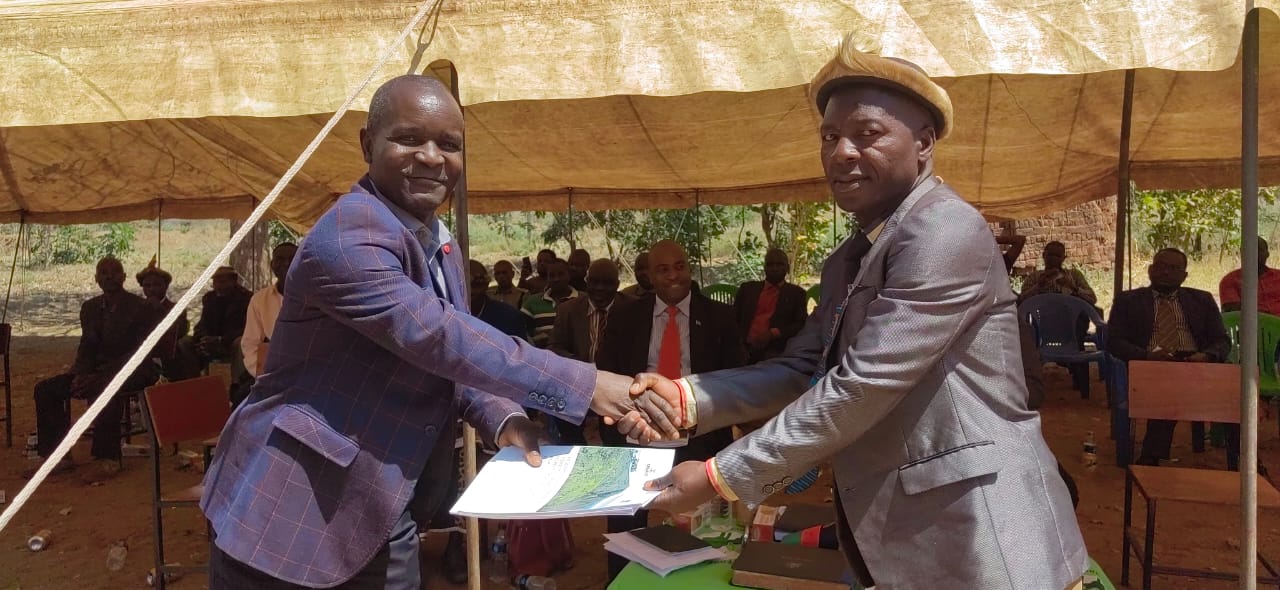This project cannot succeed on its own. For the long-term success of coral reef restoration, it was important to develop strong collaboration with locals, fisher communities, other stakeholders. Through the Tech4Nature partnership, we were able to get more support and engage locally with other stakeholders.
By engaging the fisher communities in coral reef restoration from the beginning of the project and allowing them to take part in eco-tourism activities. This not only saved the area from further damage but allowed the fishermen to generate more incomes through sustainable touristic activities while also enjoying the overspill of increased fish abundance in the area.
